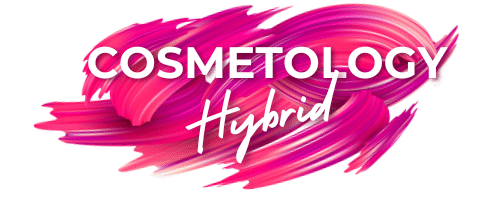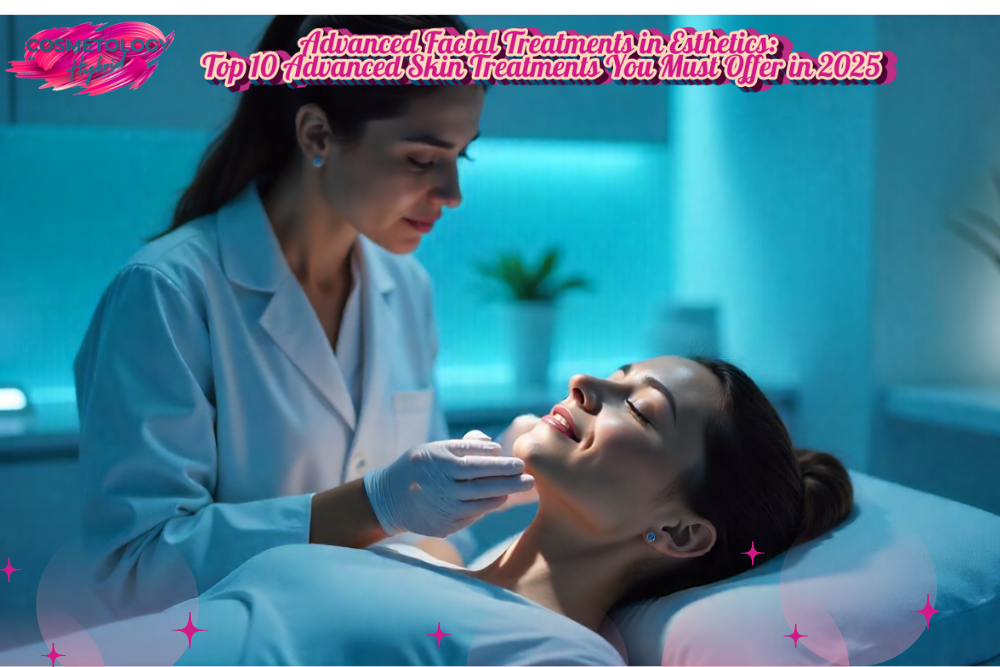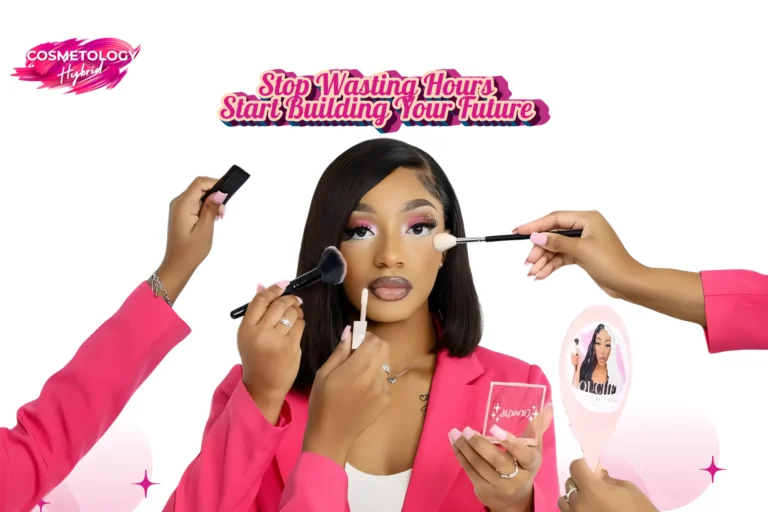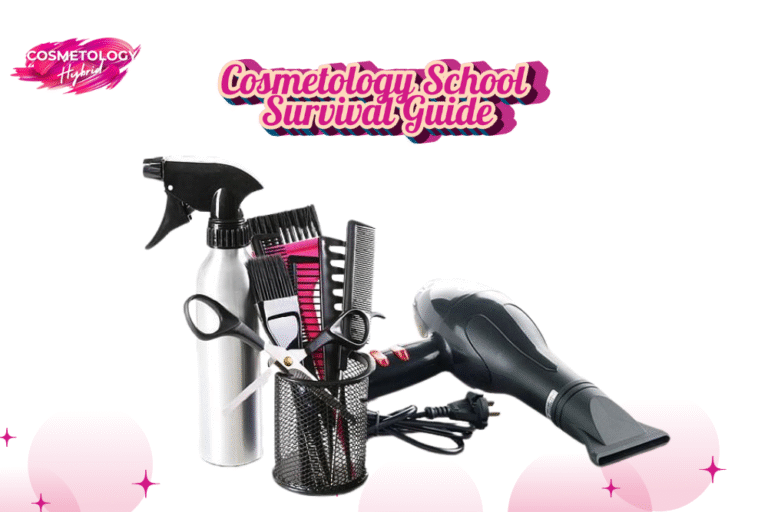Advanced Facial Treatments in Esthetics
If you want to offer measurable results, focus on protocols that deliver skin rejuvenation and clear improvement in texture. Start with a solid consult, this includes medical history and skin type analysis Customers are often looking for the best facial treatment methods for skin aging, so explain how peels, serums, and device-based care work together based on the device. Here is the guide to advanced facial treatments in Esthetics.
Do not promise immediate miracles, fix realistic deadlines, or protect your skin from sun damage.
What this really means is, pick reliable protocols, train staff thoroughly, and measure results to build trust now.
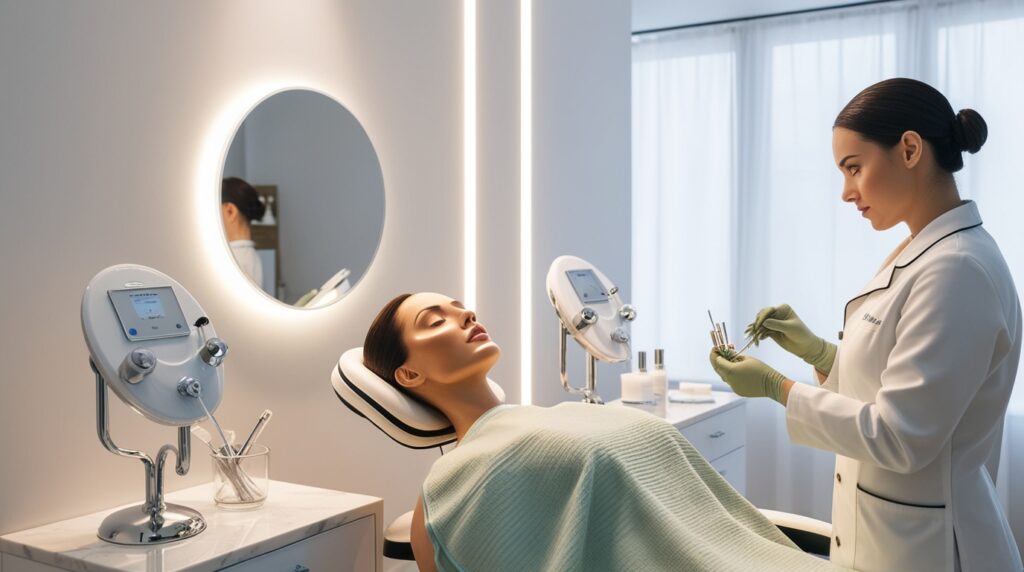
Why Offer Advanced Facial Treatments
Offering advanced services grows your clinic revenue and reputation. Clients pay more for visible improvement, not for fluff. Add services that fit your skill set and local demand, then sell results not hype. Use clear outcome photos and honest timelines. Include the professional esthetic services label in your marketing, to attract clients who want measurable change.
Advanced services also let you bundle treatments, which increases retention. Teach staff consistent protocols. Track outcomes with photos and scales. That makes follow up clear, and improves referrals.
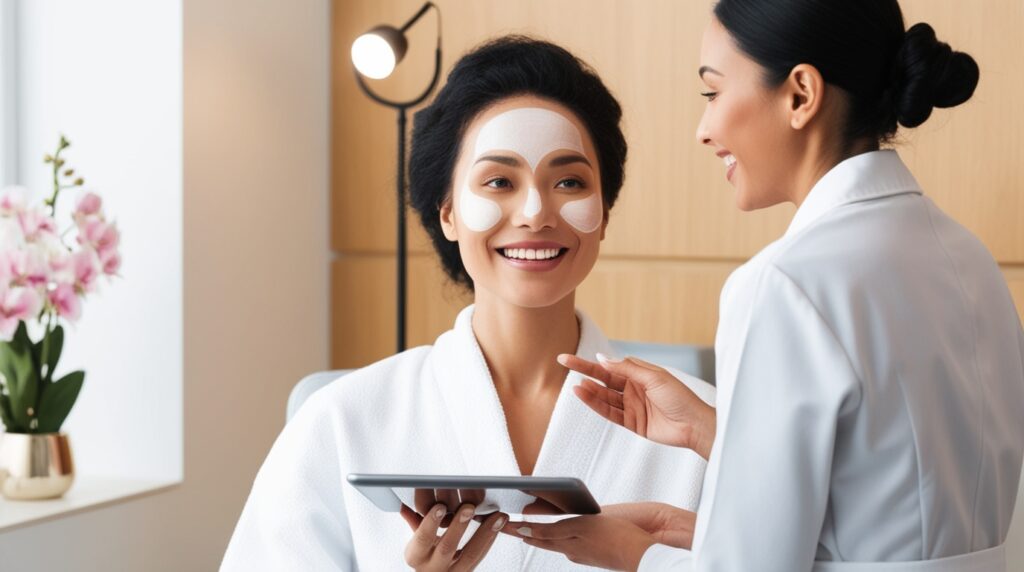
Client Assessment and Contraindications
Start every case with a documented consult. That includes medical history, medication check, and skin type analysis. Record photos and notes. Discuss pregnancy, isotretinoin use, and autoimmune conditions, these must change the plan. Use client consultation and skin analysis tools to standardize notes and consent.
Patch testing helps reduce reactions. If the client has recent sun exposure or active infection, delay treatment. Offer alternatives like LED therapy or dermaplaning for clients who need gentle care.
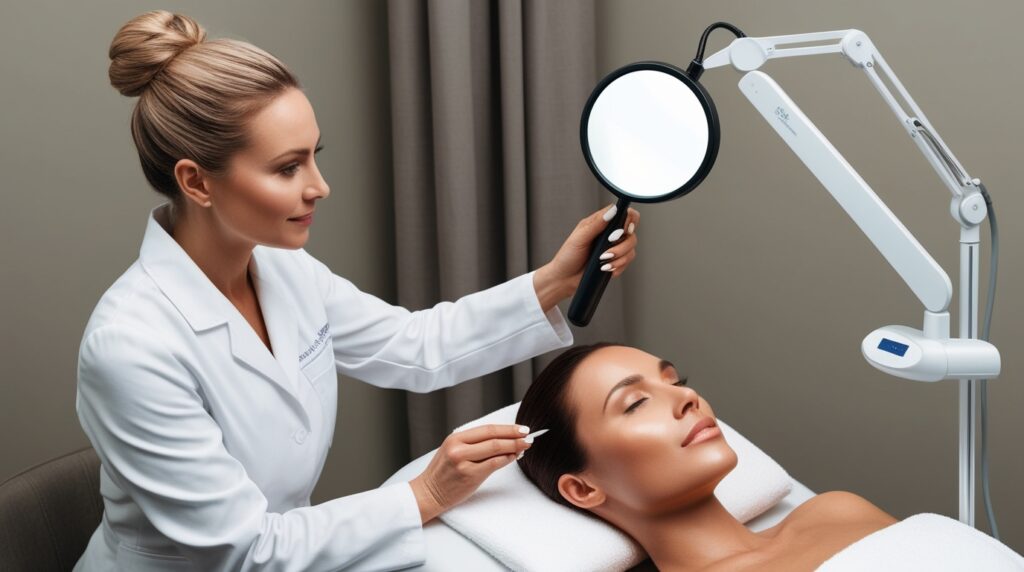
Chemical Peels, Types and Uses
Chemical peels work by controlled exfoliation of skin layers. Superficial skin uses soft acids to update the texture, deeper pigments and average spelling process of thin lines, eliminating more dough into the deep skin, and requires longer recovery.
Choose the depth of the skin according to your tone and skin problems, as deep skin increases the risk of pigmentation.
The American Academy of Dermatology and dermatologic practice notes describe recovery times and risks for each peel depth.
Peels are useful for pigmentation correction and acne scar removal in select patients. Use neutralizing protocols, sun protection, and staged treatment plans. Make a home care plan that includes SPF, a gentle cleanser, and barrier support.
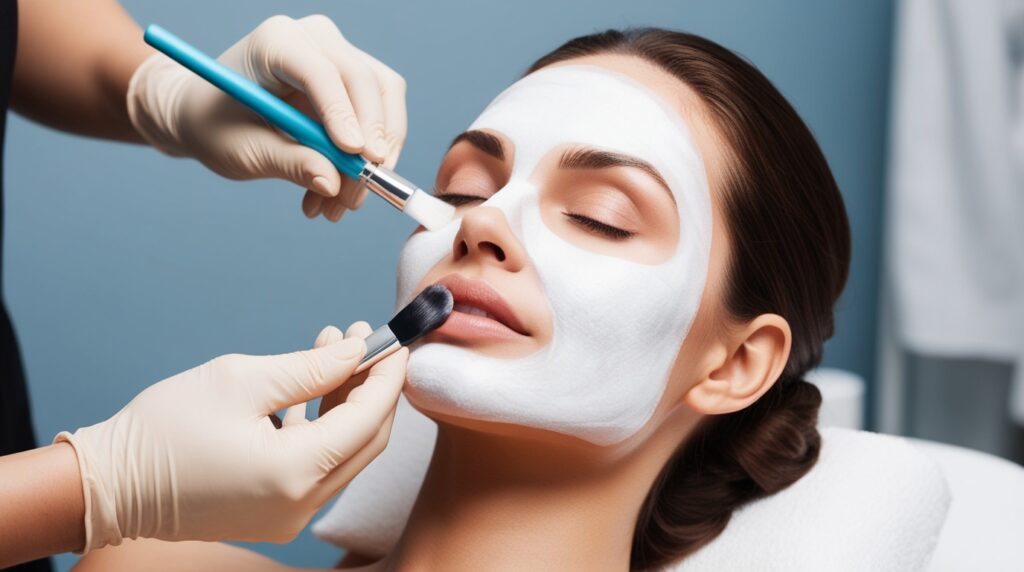
Different kinds of chemical peels
Glycolic and lactic acids are two types of superficial peels. Trichloroacetic acid is used in larger concentrations in medium peels. Deep peels use phenol or high-concentration TCA, and they need to be done by a doctor and take a long time to heal.
Microdermabrasion: How It Works and What It Does
Microdermabrasion uses a machine to remove the top layer of skin, which smooths out the texture and helps products get deeper into the skin. Diamond tips or rough crystals are used in devices. It helps with dull skin and minor scars, and it works well with chemical peels when done in the right order. The rule is that bold on results is not spectacular but may be seen over a series.
Use microdermabrasion to quickly renew your skin in the office. Mix it with serums that help your skin look younger.
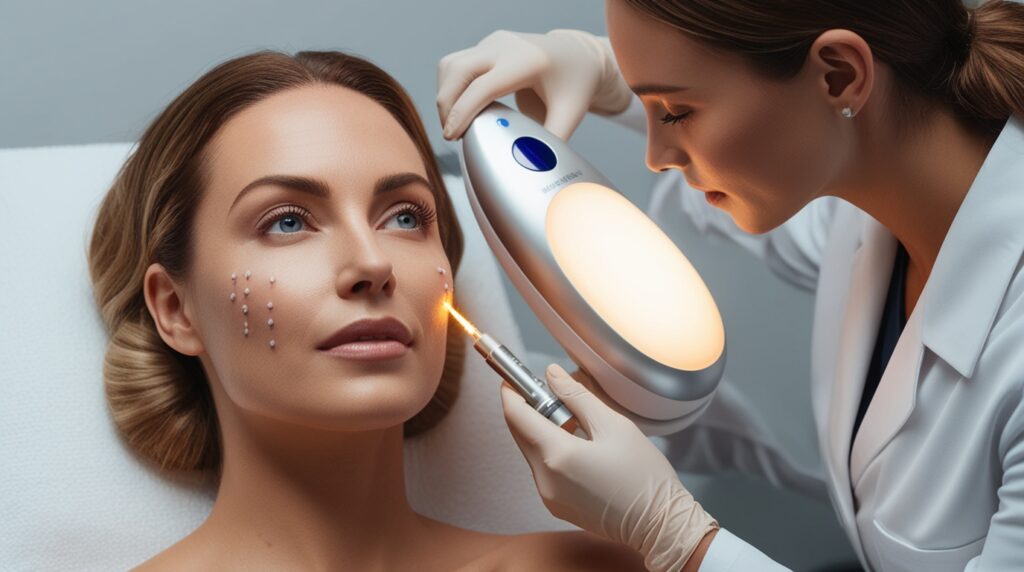
Alternatives to Mesotherapy and Needles
Mesotherapy delivers vitamins, amino acids, and small hyaluronic acid blends into skin by injections. Clinics use it for targeted hydration, brightening, and fine line reduction. For needle-averse clients, no-needle mesotherapy reviews have shown mixed but promising results using electroporation and iontophoresis to move actives through the skin barrier.
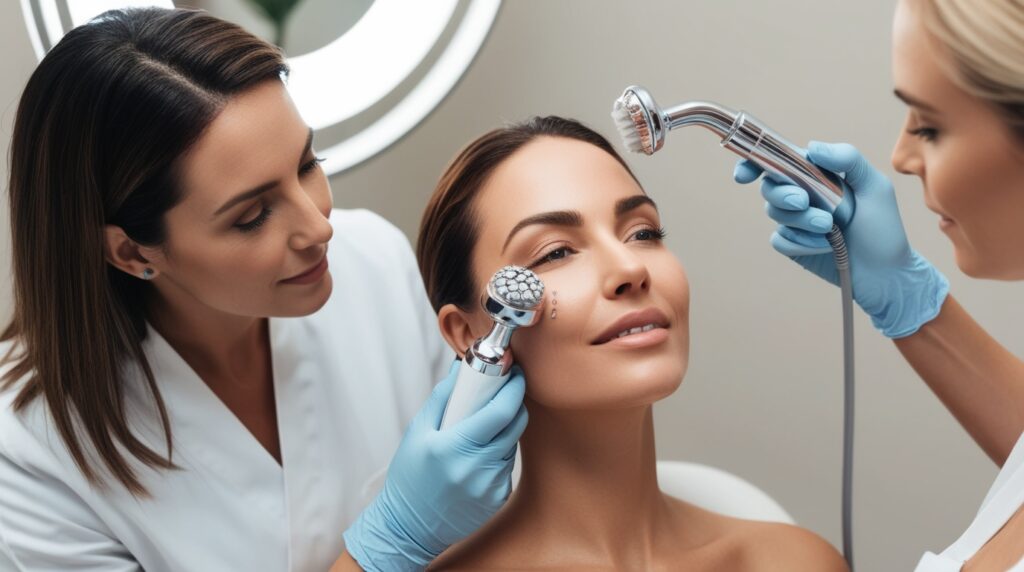
Microneedling and radiofrequency microneedling
Microneedling creates microcanals to initiate collagen-inducing therapy and skin remodeling.
Systematic journal data demonstrates improved prevalence of acne and textures after several sessions.
That data supports microneedling as a core resurfacing tool
Adding radiofrequency to microneedling adds heat in the dermis. That increases contraction and remodeling for better tightening results. RF microneedling shows strong outcomes for scars and laxity but training matters, device settings matter, and results are cumulative.
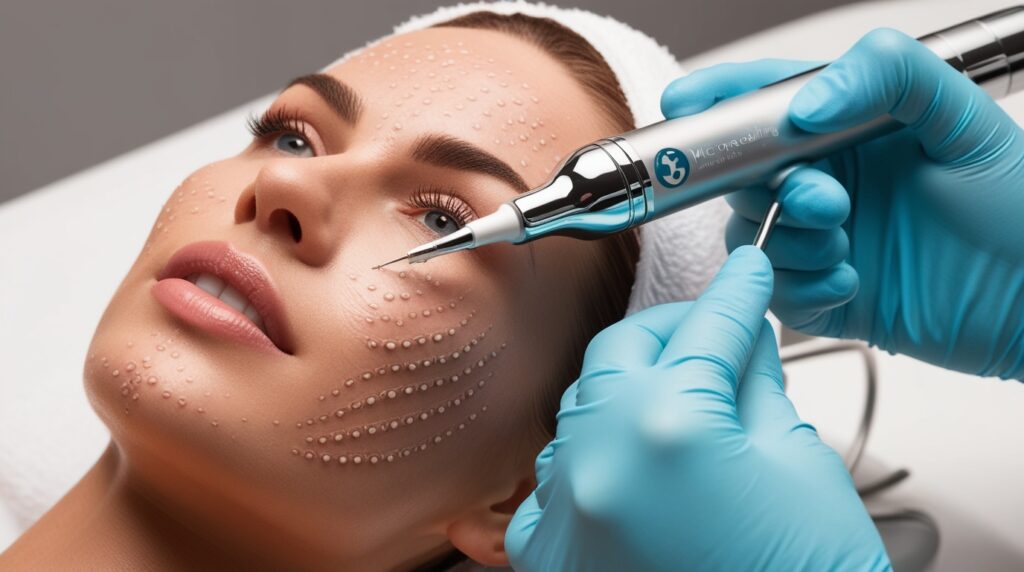
Microneedling basics
Depth, needle type, and session spacing drive outcomes. Use numbing appropriately. Expect mild redness, and discuss the microneedling downtime explained before booking.
Dermaplaning and Manual Exfoliation
Dermaplaning is a manual method that removes vellus hair and surface dead skin, leaving an instantly smooth finish. It is excellent for product penetration and immediate radiance. Avoid dermaplaning on inflamed acne or active rosacea, to prevent spread of bacteria.
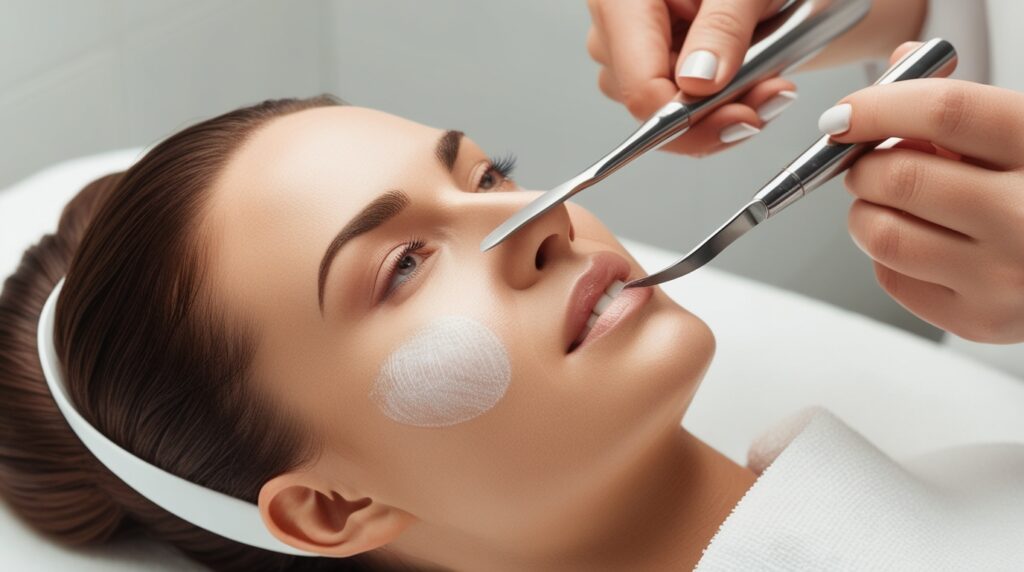
Clients ask about dermaplaning vs microdermabrasion, both refresh skin. Dermaplaning is gentler and immediate. Microdermabrasion is more abrasive and can be better at texture smoothing over a series.
LED Low-Level Light Therapy
LED therapy uses specific wavelengths to reduce inflammation and support repair. Blue light targets acne bacteria, red light helps collagen and reduces redness. Evidence supports LED for mild to moderate acne and as an adjunct for healing and anti-aging. Harvard Health and recent reviews support combined blue and red protocols for acne care.
LED is low-risk and works best in multiple sessions. Use it to maintain results after stronger treatments, and to calm post-procedure inflammation.
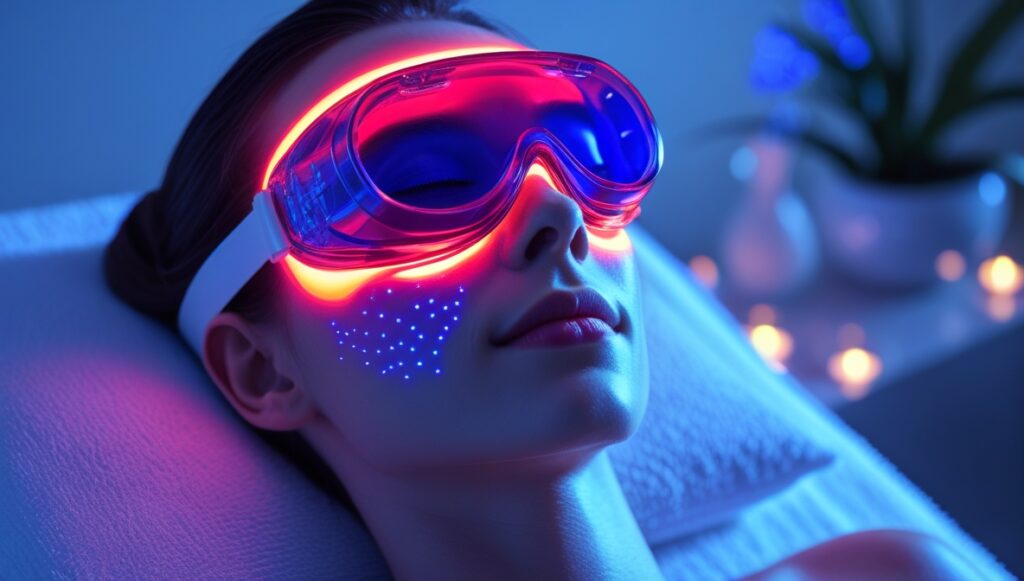
Radiofrequency Skin Tightening and HIFU
Radiofrequency delivers thermal energy to dermal collagen to induce contraction and remodeling. HIFU focuses ultrasound energy at deeper tissue layers for lift. Both provide non surgical skin tightening options with gradual, visible improvement.
Expect results to build over months. Plan series and explain that single treatments rarely give full lift. Combine RF or HIFU with microneedling or topical protocols for better overall outcomes.
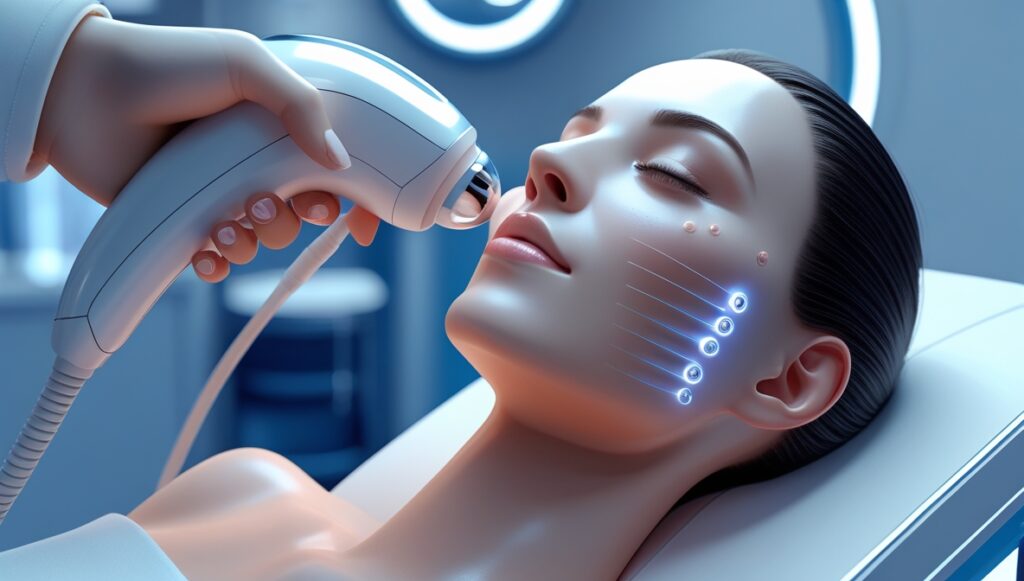
Platelet Rich Plasma, PRP Applications
PRP uses a client’s own platelets and growth factors to support repair and rejuvenation. Clinicians pair PRP with microneedling to improve texture and hydration. Systematic reviews show promise, but outcomes vary with preparation and protocol. Use standardized draws and processing, and document results carefully for reproducibility
PRP also sees use in hair restoration. Expect variable but often positive client-reported improvements after several sessions.
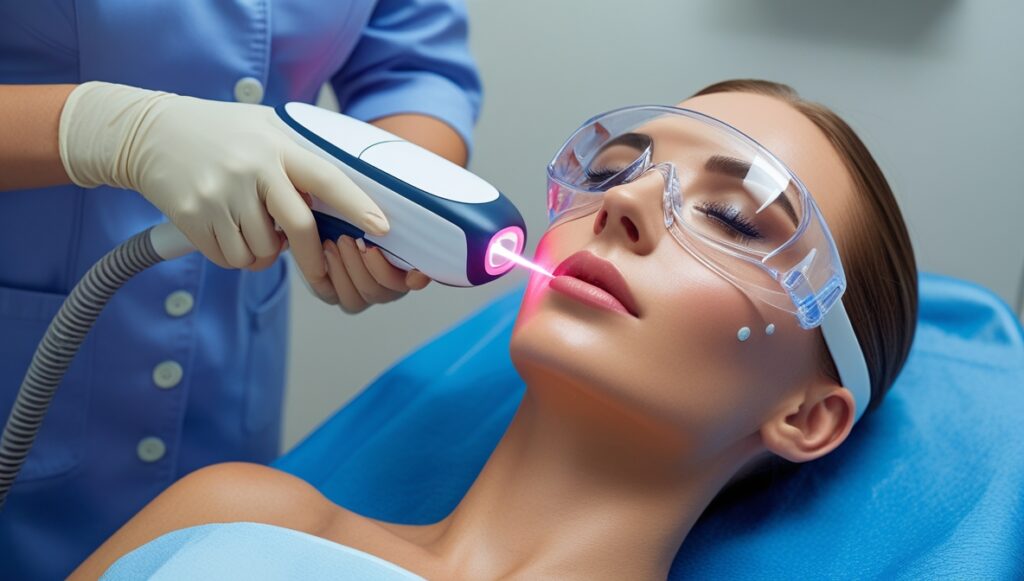
Laser Therapies, Fractional and IPL
Fractional lasers create controlled micro-injuries to improve scars and skin texture. IPL (Intense Pulsed Light) works best for pigmentation and vascular concerns. While effective, lasers come with both benefits and risks.
For darker skin tones, deeper laser settings can sometimes trigger post-inflammatory pigmentation. Always choose parameters carefully and, when possible, perform a small test spot before full treatment.
Laser hair removal can greatly reduce unwanted hair growth for most clients, but results vary. Maintenance sessions are often needed, and outcomes depend on factors like hair type, hormones, and treatment area. Complete and permanent removal cannot be guaranteed, but long-term reduction is realistic.
Enhancing Brows and Skin with Cosmetics
Aftercare is critical to reduce complications and achieve the best results. Provide every client with clear, written guidelines covering cleansing, sun protection, and recommended products.
For peels and laser treatments, explain that temporary redness and peeling may occur. With microneedling or radiofrequency, set expectations for mild redness followed by gradual improvements over time.
Managing expectations is just as important as the treatment itself. Use before-and-after photos and realistic timelines to show what can be achieved. Avoid overpromising quick fixes or single-session transformations—consistent care delivers the best outcomes.
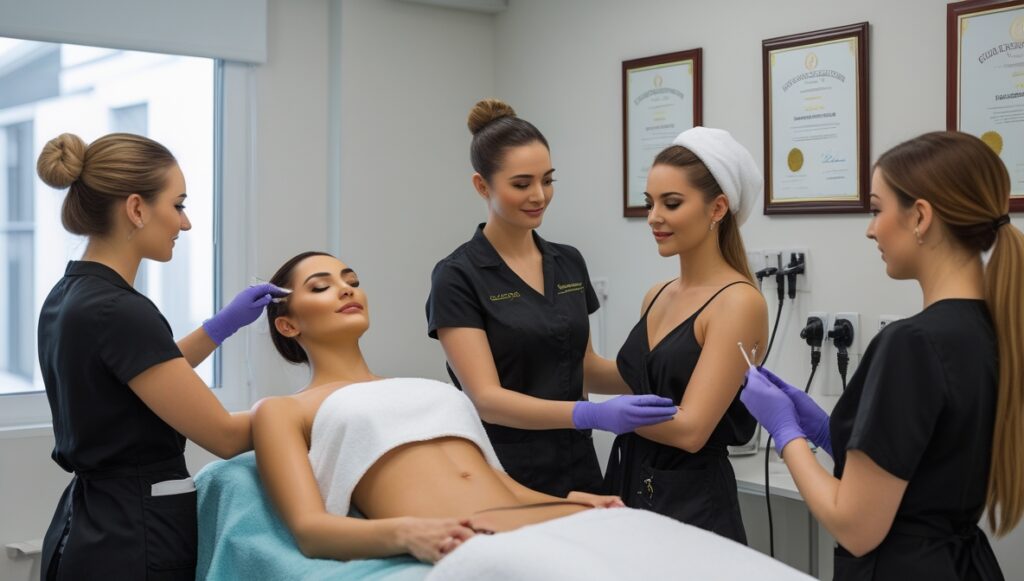
Training, Certification and Governance
Train every operator. Keep certificates and device manuals on file. Follow local scope of practice and maintain insurance. Offer continuing education and audit outcomes. Advertise your facial treatment courses and advanced esthetic training to build credibility and referrals.
Documented training also protects you legally and clinically.
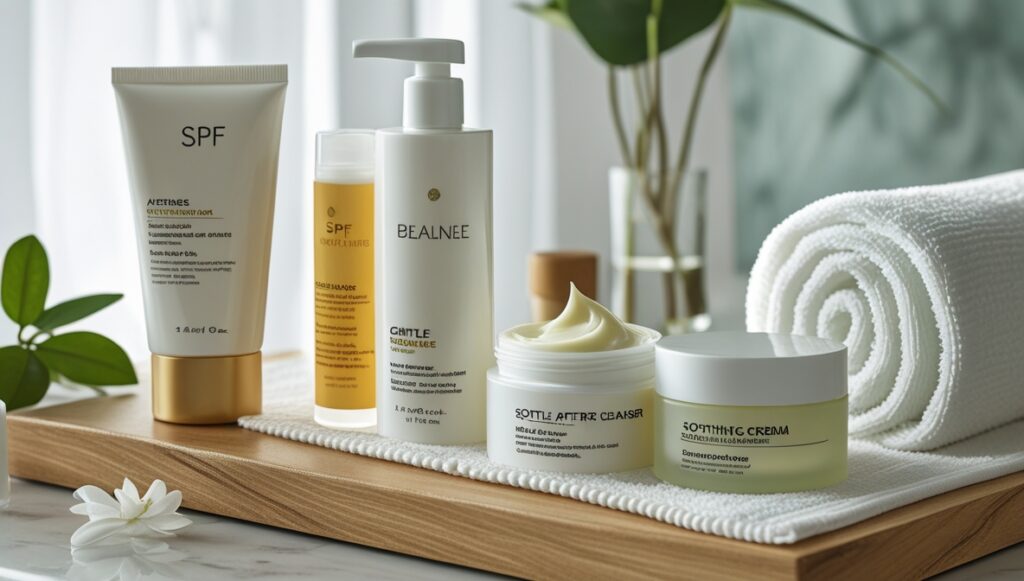
Comparison Table, Treatments at a Glance
| Treatment | Best for | Typical sessions | Downtime | Key caution |
|---|---|---|---|---|
| Chemical peel, superficial to deep | Pigmentation correction, resurfacing | 1 to 5 | none to weeks | Deeper peels raise pigment risk |
| Microdermabrasion | Surface texture, glow | Series of 4 to 6 | none | Not for active acne |
| Mesotherapy, inject/needle-free | Hydration, brightening | 3 to 6 | minimal | Ingredients and sterility matter |
| Microneedling | Acne scar removal, texture | 3 to 6 | 1 to 7 days | Avoid recent isotretinoin |
| RF microneedling | Scar remodeling, tightening | 2 to 4 | 3 to 7 days | Device settings critical |
| Dermaplaning | Instant smoothness, hair removal | Repeat monthly | none | Avoid on active breakouts |
| LED therapy | Acne, recovery support | 6 to 12 | none | Works best in series |
| RF or HIFU | Non surgical skin tightening | 1 to 3 | minimal | Expect gradual results |
| PRP | Rejuvenation, hair | 2 to 4 | low | Prep variability affects results |
| Laser fractional, IPL | Scars, pigment, hair removal | 1 to 6 | days to weeks | Darker skin needs cautious settings |
Case Study
A 34 year old woman had rolling acne scars and uneven tone. She received three microneedling sessions combined with PRP, with LED maintenance afterwards. Her scars improved on standard grading scales by two grades after six months. Photos were documented at baseline, and at 3 and 6 months. The clinic used standardized consent, pre-treatment numbing, and post-care with SPF and barrier creams. This combined plan delivered better results than single modality care.
FAQs
Q: What are the safest advanced facial treatments for darker skin?
For darker skin pick microneedling, LED therapy, and RF microneedling with cautious settings. Avoid deep peels and aggressive lasers without specialist experience.
Q: How many sessions do most people need?
Most advanced treatments need a series. Typical ranges are 3 to 6 sessions, spaced weeks apart, to get reliable results.
Q: Do advanced treatments hurt?
Discomfort varies. Use topical numbing for microneedling and injectables. LED and dermaplaning are painless for most clients.
Q: Will hair removal treatments be permanent?
Laser hair removal gives long term reduction for many clients, but it rarely guarantees permanent removal. Maintenance is common.
Q: Can I combine treatments safely?
Yes, when protocols avoid stacking high-risk procedures on the same day. Common combos are microneedling plus PRP, or microdermabrasion followed by LED recovery.
If you offer medical spa treatments and want to expand, start with device training and supervised practice. Sign up for facial esthetics courses that include live demos. Track outcomes with objective scales, and use that data for marketing and quality improvement. Consider offering package pathways from consult to maintenance.
Quote
“Treatments must be honest. Measure results. Train well.”
Final Thoughts
This guide used current clinical reviews and practice guidelines to explain the main procedures and risks. Key evidence shows microneedling improves acne scarring, RF microneedling adds thermal remodeling, peels require matched depth to skin tone, LED helps acne and healing, and laser hair removal reduces but rarely permanently eliminates hair. If you’re serious about mastering these techniques, explore our advanced esthetics training programs at Hybrid Cosmetology School and take the next step toward becoming a certified professional.
